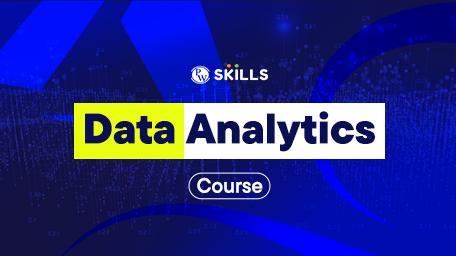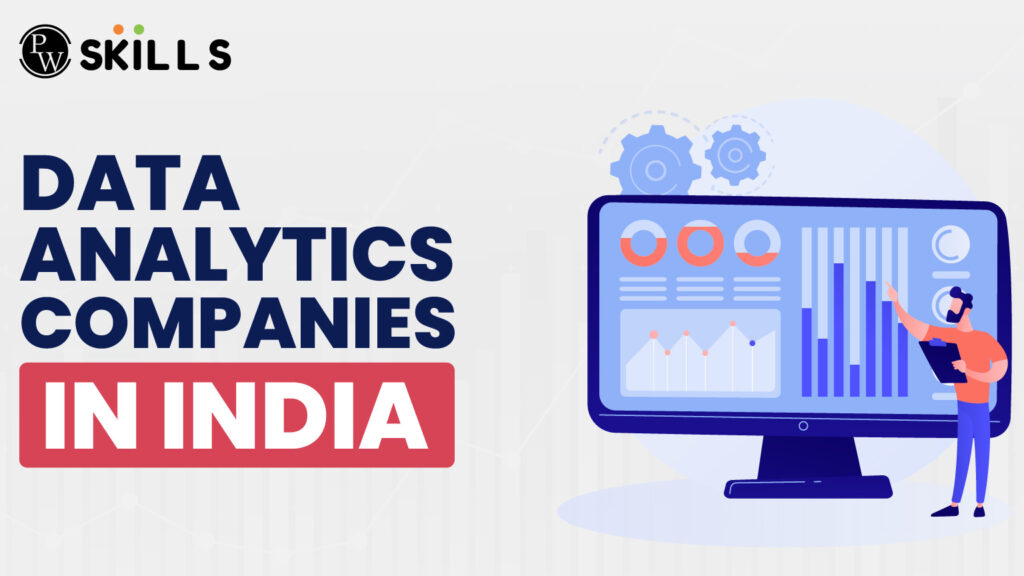In today’s data-dominated world, where tons of data is being generated every minute, the term data curation is becoming increasingly important. However, it’s often misunderstood by people as many people assume that simply storing data in data lakes or cloud storage makes it “curated” because it’s available for sharing. However, true data curation is much more than storing data in a shared space. Let us understand what data curation means, what is its purpose, its importance, and the steps involved in the curation with the help of this article.
Data Curation – Key Takeaways
- Understanding data curation and its purpose
- Learning the importance of Data curation and steps involved in the same.
- Getting insights into the role and responsibilities of Data curator.
What Is Data Curation?
Data curation is the process of organizing, managing, and maintaining large amounts of data sets so that it is useful and easy to access. Let us understand it better with an example of a library- In a library there are plenty of books and each book is sorted by its category and type. After sorting, it is placed in different shelves with labels on it so that you can easily find what you’re looking for without taking much time.
Data curation is quite similar to this, it generally helps in making sure that data is well-organized, accurate, and ready to be used.
What Is The Purpose Of Data Curation?
Data curation is an important part of a company’s data strategy because it helps the organization to use its data effectively. Let us understand how data curation helps in the company’s overall data management:
- Making Data Accessible: Data curation ensures that the data is stored in a well-organized and searchable manner. This makes it easier for users, such as data analysts, scientists, or business analysts, to find and access the data they need. Without proper curation, data can become lost, difficult to locate, or unusable.
- Improved Data Quality: Data curation involves cleaning and verifying data to ensure it is accurate and reliable. It is mainly done by removing errors, duplicacies, and inconsistencies form data, curated data generally becomes more trustworthy that can lead to better decision-making.
- Ensuring Data Security: Businesses are mainly required to follow basic regulations regarding data security and privacy. Data curation helps in ensuring that data is handled according to these data governance regulations. This helps in protecting the organization from legal risks and penalties.
- Enhancing Data Usability: Curated data is classified and tagged with metadata which makes it easier to understand and use. This classification can include details like whether the data is public or confidential, who can access it, and how it can be used.
- Data Integration: Data in an organization generally comes from multiple sources. Data curation helps in integrating these diverse data sets and also help in making them useful for the businesses.
Why Is Data Curation Important?
Data in an organization generally comes from multiple sources, including social media, websites, digital devices, IOT, and much more. This large amount of gathered data is mainly known as Big data is often stored in different forms like structured, unstructured, and semi-structured data. By using data curation processes, businesses can organize and manage their data into a sensible manner. This makes it easier for organizations to handle large amounts of information from various sources.
Without proper data curation, companies may find it difficult to keep track of their data which makes it hard for employees to find the information they need to do their jobs. This can lead to wastage of time, poor decision making, missing of business opportunities, and many other problems that can degrade the organization’s performance.
Steps Involved In Data Curation
Data curation is a critical process that involve multiple steps. Each step is important and plays a vital role in the data curating journey. Some of the main steps of data curation are written below for your reference:
- Selection of Data: The very initial step in the curating journey involves identifying and selecting the relevant data. It’s essential to understand the goals and objectives of your business to ensure that only the necessary data is curated. This step may involve choosing data from various sources such as databases, spreadsheets, or even external data sources.
- Data Collection: After selecting the data, the next step is to gather it from different sources. This mainly involves conducting surveys, extracting it from existing databases, or collecting it through various external sources. The goal here is to gather all the data that will be relevant for the data analysis.
- Data Cleaning: Data collected from external sources often contains errors, duplicacies, or inconsistencies that can affect the result. The data cleaning phase mainly involve correcting errors, standardizing data formats, removing duplicacies, and filling out missing values. The primary aim in this stage is to ensure that the data is accurate and reliable for analysis.
- Data Organization: Once the data is cleaned, it needs to be organized in a manner that makes it easy to access and analyze. This step involves structuring the data into tables, databases, or data warehouses, depending on the complexity and volume of data. Organizing the data properly ensures that it can be easily searched, retrieved, and used for various analytical purposes.
- Data Documentation and Metadata Creation: This step involves creating documentation and metadata that primarily describes the data’s origin, structure, and usage. Proper documentation is crucial for maintaining data quality and usability over time.
- Data Storage and Preservation: After data is curated, it must be stored securely and preserved for future use. This step involves deciding on appropriate storage solutions, such as cloud storage or on-premises data warehouses, and implementing data protection measures to save data from loss or unauthorized access.
- Data Sharing and Accessibility: Finally, curated data is be made accessible to the relevant users within the organization. This involves setting up data-sharing protocols, creating dashboards, or developing data catalogs that allow users to easily find and access the data they need.
Recommended Course
- Generative AI Course
- Python DSA Course
- Devops Course
- UI UX Course
- Digital Marketing Course
- Product Management Course
What Are Data Curator And What Does They Do?
A Data Curator is someone who manages and maintains data within an organization. Just like librarian who takes care of books in a library, a data curator takes care of the data in an organization. Their job is to make sure that data is stored properly, and is easily accessible to people who need it. They ensure that data is accurate, up-to-date, and available when needed. There are different types of data curators available in the organization, each having different roles and responsibilities to perform. Let us understand each of the types-
1. Collaborative Curators
Collaborative curators generally collaborate with different teams within a company to ensure that data is shared and used effectively. They collaborate with various departments to understand their data needs and also ensures that the data is consistent across the organization. Their daily tasks mainly involve meetings with different teams, setting up data-sharing tools, and solving any issues that arise with data access.
2. Domain Curators
Domain curators are the people who are experts in specific areas or subjects. For example, a domain curator might focus on customer data, product data, or financial data. They manage and organize data within their specific domain to ensure that it is accurate and relevant. Their daily tasks mainly include reviewing and cleaning data, updating records, and making sure that the data in their domain is well-organized and easy to use.
3. Lead Curators
Lead curators are basically supervisors who supervises the work of other curators and make sure that data curation across the organization is consistent and effective. They lead the data curation team and set the standards for how data should be managed. Their main responsibilities include- developing data management policies, training other curators, and ensuring that all data curation activities align with the company’s goals.
Learn Data Management With PW Skills
Are you ready to explore the exciting world of Data Analytics? Join our PW Skill’s Data Analyst Course to become a proficient data analyst!
The key features of our 6-month long comprehensive course include- interactive live classes, mentorship from experts, regular doubt sessions, daily practice sheets, and support from a vast PW Skill alumni network. Plus, we also promise 100% job assistance, helping you to start your career with confidence.
So what are you waiting for? Visit PWSkills.com to enroll now and discover the future of data analytics with us!
Data Curation FAQs
How does data curation differ from data management?
Data management include the broader process of handling data throughout its lifecycle, including storage and security whereas Data curation specifically focuses on making data useful, accurate, and accessible for organization.
What skills are needed for effective data curation?
Skills needed for effective data curation include- knowledge of data management tools, understanding of data structures, and the ability to organize and analyze data. Communication skills are also important for collaborating with others.
How does data curation contribute to data quality?
Good data curation improves data quality by ensuring it is accurate, consistent, and well-documented. This reduces errors and makes the data more trustworthy for analysis and decision-making.
Can data curation be automated?
While the whole process cannot be automated, but yes some processes of data curation can be automated using tools and software, such as data cleaning and metadata generation.






